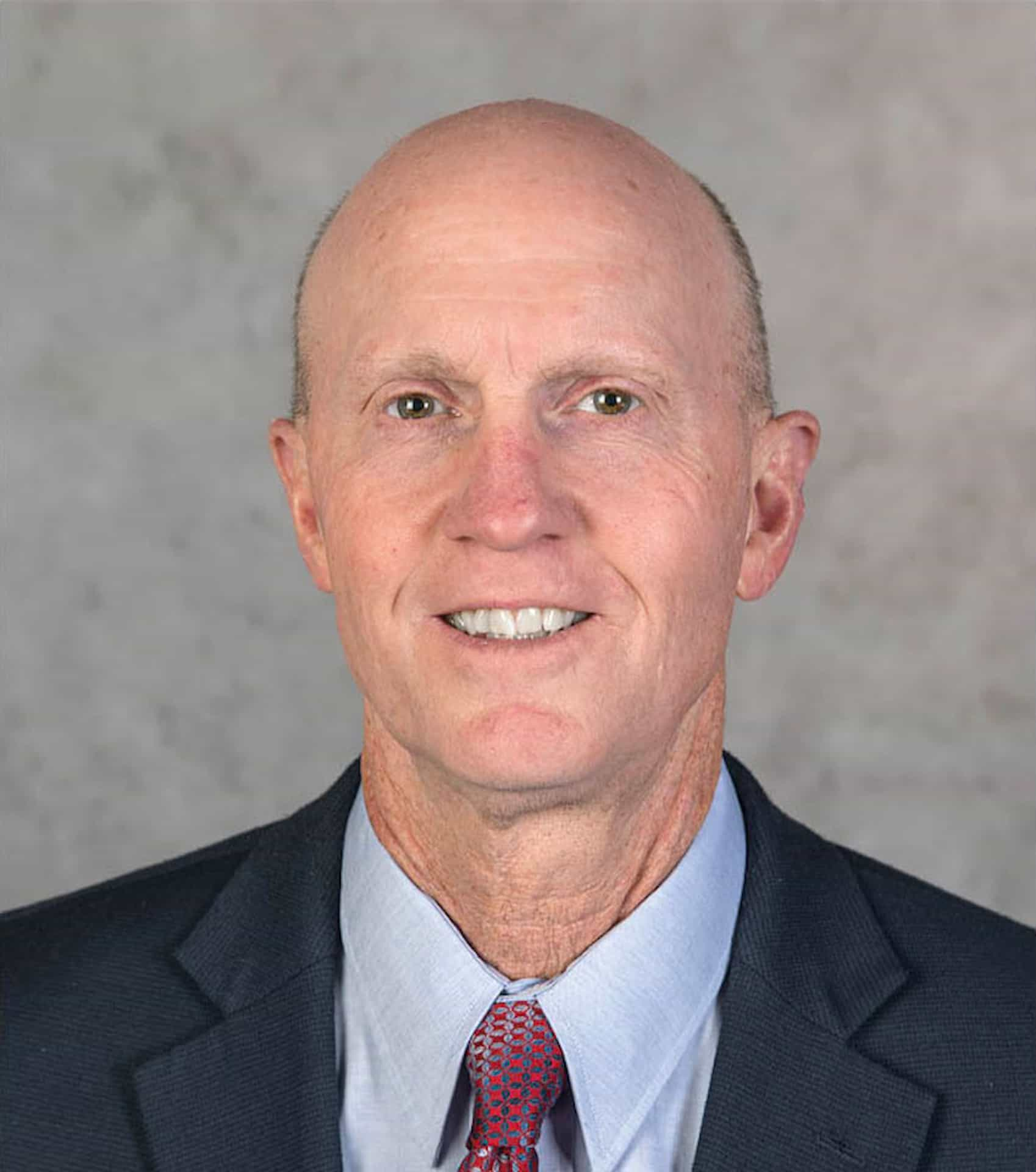Still stretching for the last mile
By Ernie Verslues
President and CEO MFA Incorporated
Society and technology have intertwined over the past 20 years, leaving broadband connectivity as a critical utility.
We’ve all heard stories about what the homeplace was like before electricity. Most of us grew up with someone who can directly remember it. Some of those recollections are stories about how families cooperated and lobbied to get electricity in the neighborhood sooner rather than later. But many of them recall steeper challenges because a farmhouse was truly on that “last mile”—those areas where the lack of population meant waiting.
Fast forward to today and the status of fixed broadband in rural areas. It brings to mind that quote often attributed to Mark Twain: “History doesn’t repeat itself, but it often rhymes.”
Society and technology have intertwined over the past 20 years, leaving broadband connectivity as a critical utility.
For rural areas, having broadband or lacking broadband is the difference between attracting new business, accessing telemedicine and mental health services, and, as you know, having the ability to handle the significant amount of data it takes to be efficient at precision farming. In MFA’s case, it means being able to provide precision services and advanced logistics at our locations. That’s not to mention watching football on Saturdays in the fall.
Missouri ranks 42nd among states for broadband deployment. Urban and suburban counties are well served with fixed broadband offerings such as cable and fiber. Rings around rural population centers fare well, too, with cable and local fiber available.
Further out, though, the last mile is still a challenge.
Several federal programs aim to bring fixed broadband across those last miles, and the current administration has renewed focus on the task through the Broadband Equity, Access, and Deployment program, referred to by its acronym, BEAD.
When a project receives federal funding, though, it’s not surprising that certain hurdles exist. Local internet service providers (ISPs), which are largely electric co-ops or telephone co-ops in rural places, look at the potential funding as a great balancing act. When looking at federal grant money from BEAD, cooperatives must also look at their balance sheet and consider the standard 25% match required to access the funds, which is a draw on their capital reserves. They also must fully front the construction cost through cash reserves or borrowing before being paid back through the grant.
Depending on the terrain, burying a mile of fiber costs between $30,000 and $90,000. Beyond that cost, ISPs have to calculate customer service and maintenance expenses as they extend broadband delivery. To complicate matters, the federal Affordable Connectivity Program, designed to help rural residents afford broadband, is sunsetting, leaving questions with ISPs about how many people will subscribe once the infrastructure is built.
Cooperatives in the electricity and telephone business have the expertise and service attitude to deliver reliable broadband to rural Missouri. I encourage our leaders to find ways, including focusing on member-owned co-ops, to expedite the process and keep the taxpayer investment at home—in long-lasting, adaptable infrastructure and local service.
The alternative is outsourcing to conglomerate cellular telcos and international satellite companies—the kinds of entities that find grant money attractive on the front side but have a less-proven track record of delivering service to rural areas in the long term.
 Ernie Verslues - President & Ceo
Ernie Verslues - President & Ceo